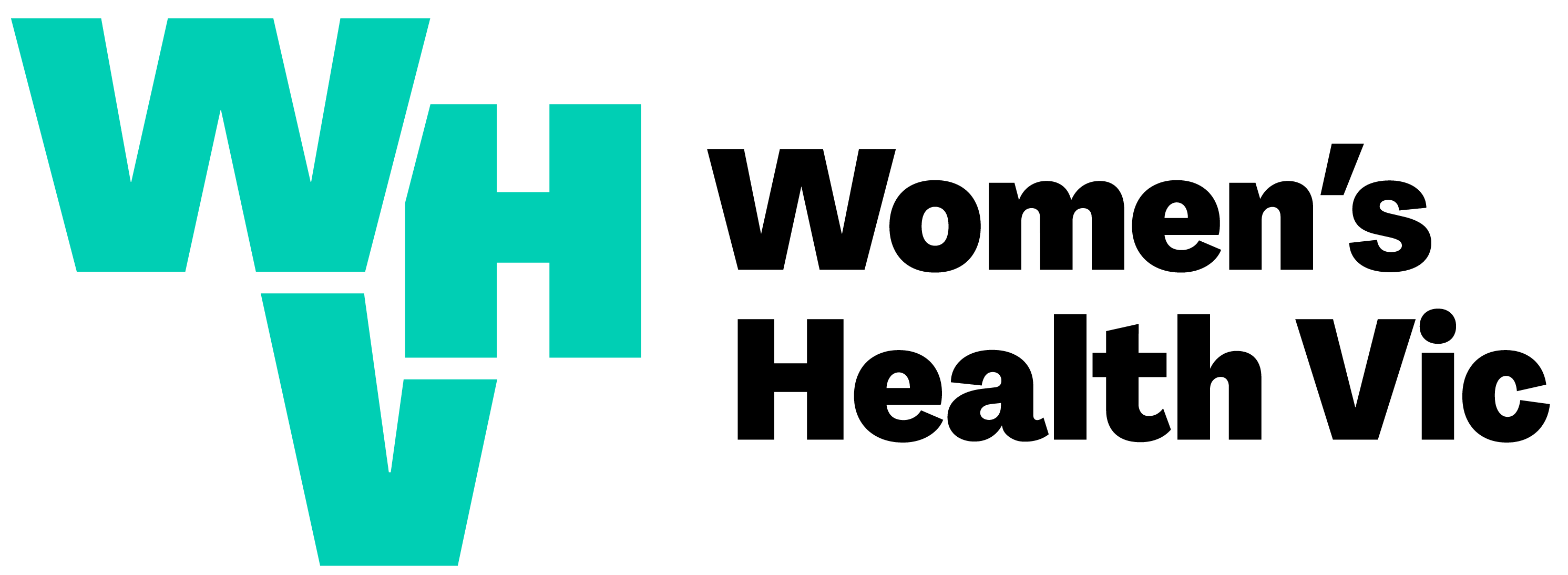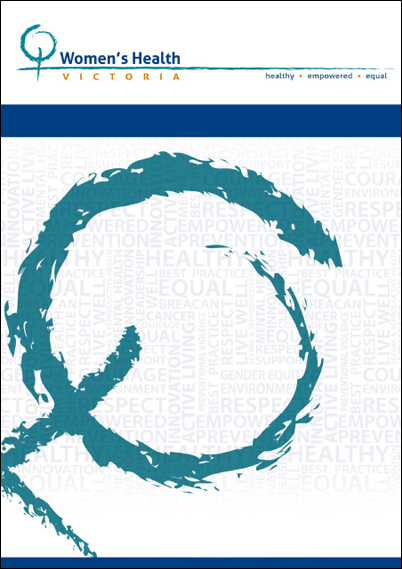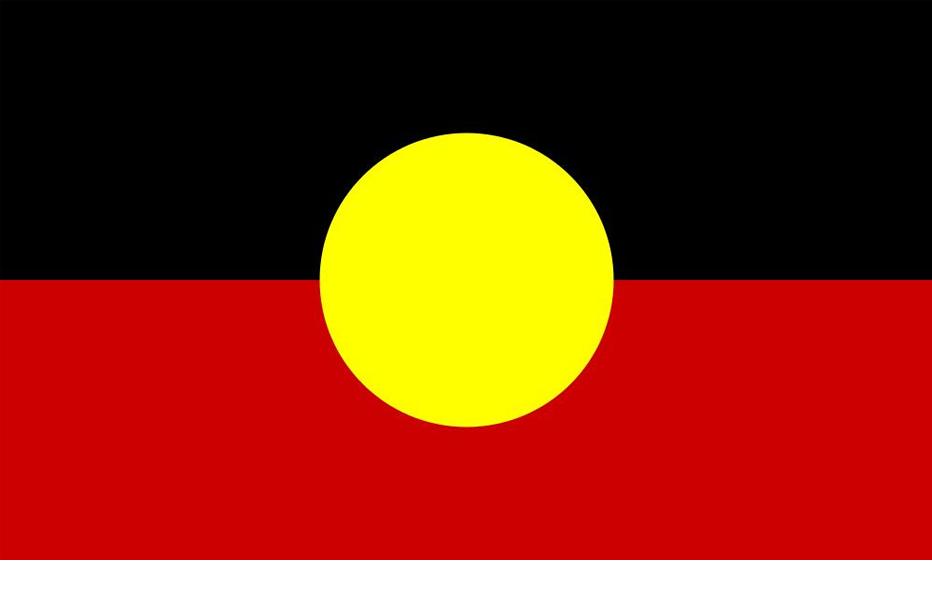There is perhaps no more powerful tool in the movement for gender equality than data.
This annual report contains a review of activities, and achievements of Women’s Health Victoria for the period July 2017 to June 2018.
Women’s Health Victoria strongly supports the current Bill which seeks to decriminalise and regulate abortion provision in Queensland and provides for the establishment of safe access zones. Safe and legal access to abortion is good public health practice and plays an important role in supporting women’s broader health and wellbeing.
Women’s Health Victoria have identified opportunities to strengthen some aspects of the legislation. In particular, opportunities to refine some of the principles and processes specified in the Bill to ensure that the Gender Equality Bill achieves its objectives.
This submission on obesity in Australia includes contributions and endorsement from Women's Health Victoria and Health at Every Size Australia.
The Victorian Women’s Health Atlas has been developed by Women’s Health Victoria, in collaboration with other state-wide and regional women’s health services and Family Planning Victoria, as a tool to assist in the identification of gender impacts on key health areas.
This submission provides Women’s Health Victoria’s feedback on Hidden Forces, Marie Stopes Australia’s draft white paper on reproductive coercion.
Women’s Health Victoria welcomes the recent report handed down by the Community Affairs References Committee as part of the Senate Inquiry into transvaginal mesh implants and related matters.
This submission explores the issue of reproductive coercion, how it can be experienced by women, and how it may be prevented and addressed. As a health promotion organisation, Women’s Health Victoria has particular expertise to offer in relation to primary prevention, gender equity and strengthening service delivery for women.
The speakers explore the representation of women and girls in advertising and public spaces and how this perpetuates stereotypes that drive violence against women. Innovative opportunities to improve the representation and inclusion of women in Victoria are also discussed.






